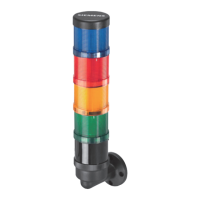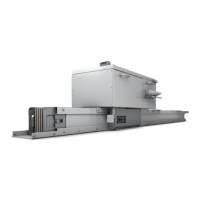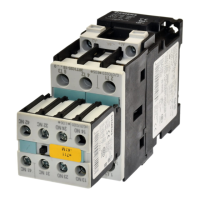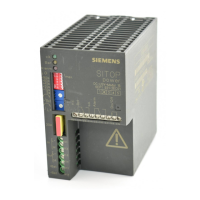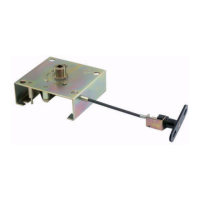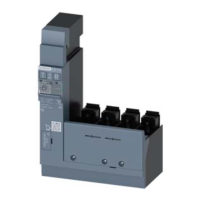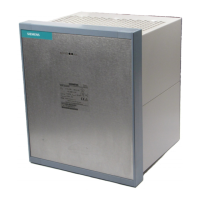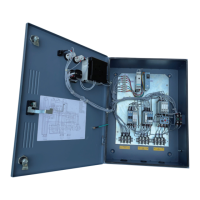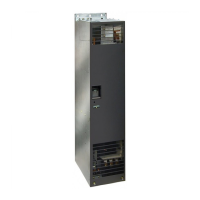SWT 3000 Equipment Manual Installation and Commissioning
SWT 3000 Alarms
Alarm output via the ALRS or ALR module
In the SWT 3000 system alarms are distributed with the relay contacts of the ALRS resp. ALR
module. An alarm is active, when the relay is de-energized.
The following alarms are distributed:
General alarm (GALR)
Receiver alarm (EALR)
Pre-alarm (NDAL)
When the alarms appear they are immediately written into the event recorder even if the output
via the alarm relays is delayed!
The module is identical with the ALRS from the system SWT 2000 F6 however in the system
SWT 2000 F6 the 3 alarm relays are designated with GENALR (General alarm), SALR (Transmitter
alarm) and EALR (Receiver alarm).
Table 59: Allocation of the alarm contacts on the ALRS module
Alarm contact on the ALRS System SWT 2000 F6 System SWT 3000
GENALR (=GALR) GENALR GALR
EALR EALR EALR
SALR SALR Pre-Alarm (NDALR)
In the system iSWT 30000 (integrated in the PowerLink ) the alarms are distributed via the ALRS
module which is controlled from the CSP module. The alarms from the iSWT 3000 are transmitted
cyclically via LAN to the CSP.
Alarms on the CLE
On the CLE module (only with the analog line interface LIA in the SWT 3000) the following alarm
LED are existing:
Transmitter alarm SAL
Receiver alarm EAL
Signal to / Noise level alarm S/N
Table 60: Alarm displays on the CLE module
LED Reason(s)
SAL (red) SAL_CLE: Output level to low (alarm from internal measuring point)
EAL (red) EAL_CLE: Receive level alarm (PAL) or limit of the command output time (COx) ex-
ceeded
S/N (red) S/N: Signal-to-noise alarm
The alarm output depends as well on the configuration of the device (primary and secondary path,
no secondary path, LIA and LID, only LID resp. only LIA) as shown in the examples below.
© SIEMENS AG 2008 Edition p3_3_2x 08/09 Page - 61
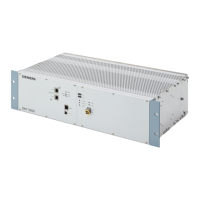
